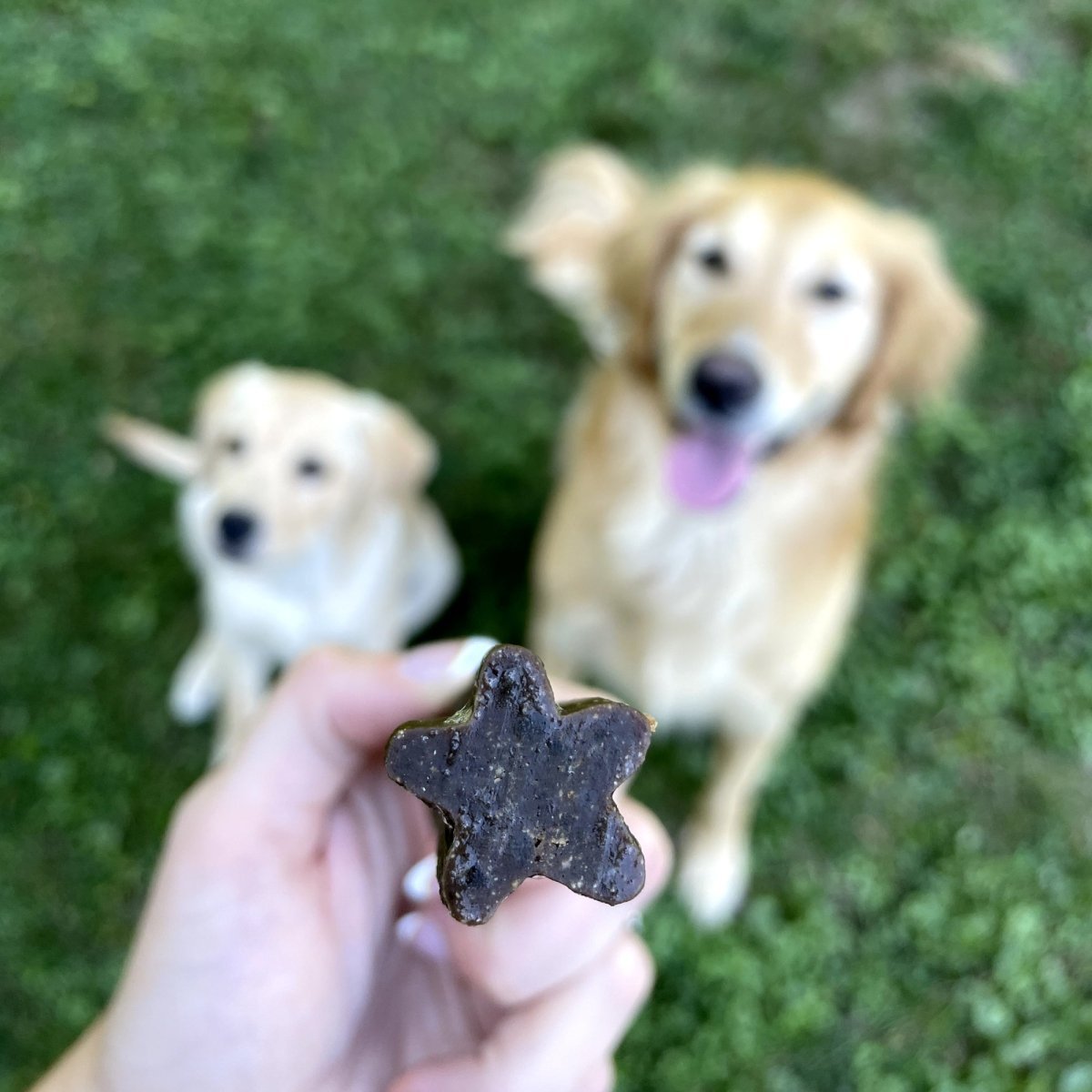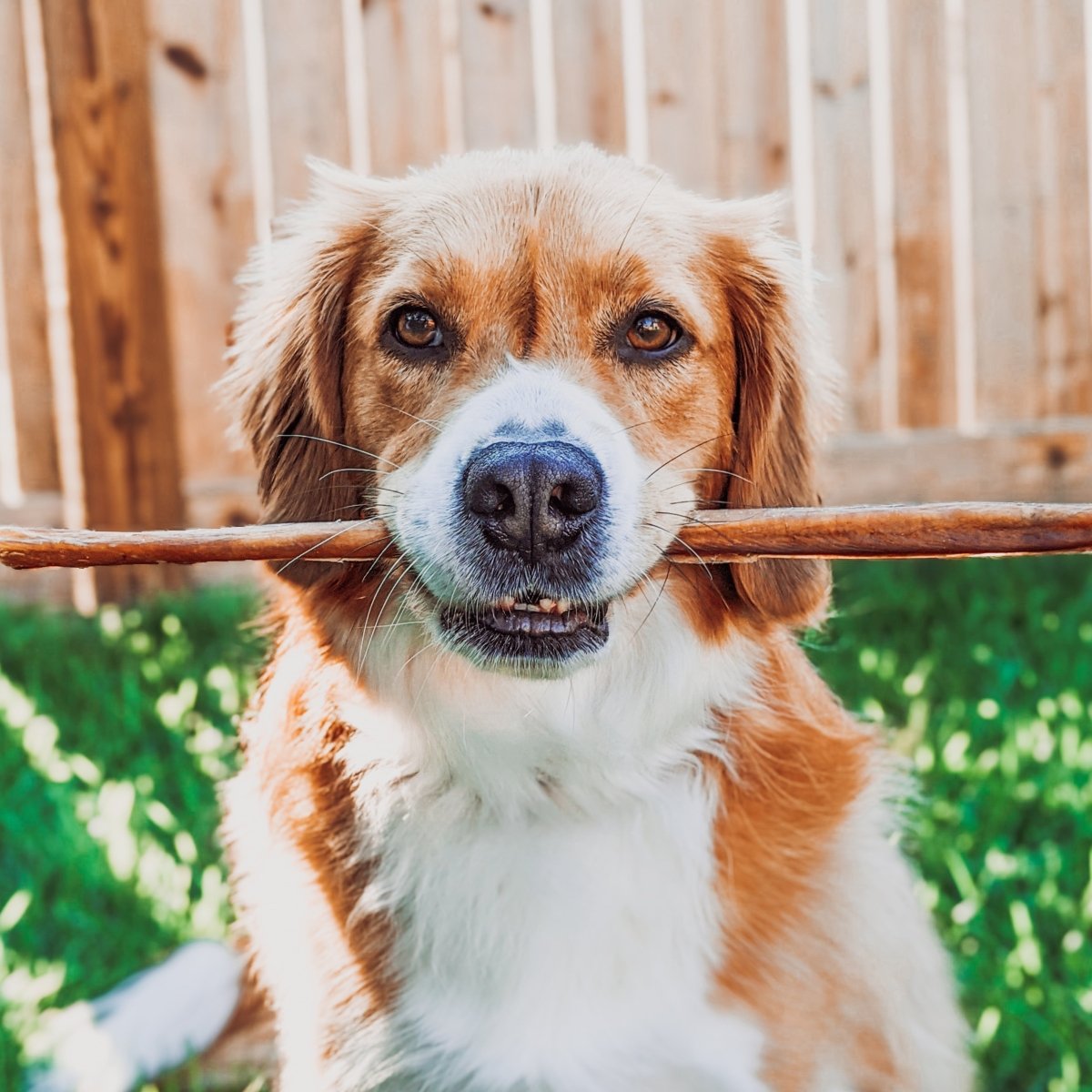
Summer: a season for lots of fun, sun, and a whole lot of sweating. Since dogs enjoy spending time outdoors with their sweaty owners, many have wondered how sweaty dogs get underneath all their fur. Some have even said that dogs don’t at all. But can dogs sweat? For some, the answer is a surprising yes. Dogs do sweat—but there’s more to that fact than you may think. Read on to learn precisely how your dog cools off during the dog days of summer.
Can dogs sweat?
We’ve said it once and we’ll say it again: dogs do sweat.
However, dogs don’t primarily resort to sweating as a way to cool themselves off.
Sweating is a key function in humans. In fact, they’re the only mammal that primarily secretes water to control their internal temperature.
Interestingly, panting is the preferred method of cooling in dogs. They thermoregulate by first taking a bunch of short, rapid breaths that circulate colder air through their bodies. Then, with their tongues happily out, dogs evaporate the moisture in their respiratory tract to lower their body heat.
Vasodilation, or the dilation of blood vessels, is another natural way dogs have learned to beat the heat. This process allows a hot-blooded dog to cool as said blood vessels approach the surface of their skin on the way back to the heart.
Having said all this, we still can’t neglect the existence of dog sweat.
How do dogs sweat?
If dog sweat is real, then how do they do it?
To quickly dispel any doubts, dogs do have sweat glands. Specifically, they’re called merocrine and apocrineglands.
You’ll find merocrine glands in your dog’s paw pads. These glands function similarly to those found in humans: both excrete water in response to heat. It makes sense that you’d see merocrine glands there, as the bottom of dog’s feet are one of the few places on their bodies that aren’t covered in fur. The absence of fur on their paws makes it easier for dog sweat to do its job.
Speaking of fur, apocrine glands reside in every single one of your dog’s hair follicles. Although veterinarians still categorize these organs as a kind of “sweat” gland, their main purpose is to excrete pheromones. Dogs sniff out these pheromones as a means of identifying one another, rather than using them as a way to keep themselves cool.
What can you do?
As you may have already guessed, sweating is a pretty ineffective way for your dog to avoid heating up.
Believe it or not, sometimes panting isn’t always the best cooling method either, especially if your dog is brachycephalic.
The inability to cool down can cause your dog to overheat and subsequently get, in the worst of cases, heatstroke.
Heatstroke is a serious condition that can be fatal if not treated immediately. Rather than run the risk of your dog overheating, here’s a list of ways you can help keep them cool this summer:
--
When it comes to staying cool, your dog won’t be sweating it and neither should you. To remain informed on other ways to keep your dog healthy, check out our blog. For the perfect dog treats and chews no matter the season, visit our website.
Comments will be approved before showing up.

Dental chews keep plaque in check and gums strong. Read here to learn about nature's toothbrush!

Single-ingredient dog chews and treats are crafted using only one whole food source!

Check out our guide on different types of chews to help you decide on the best chew for your dog!